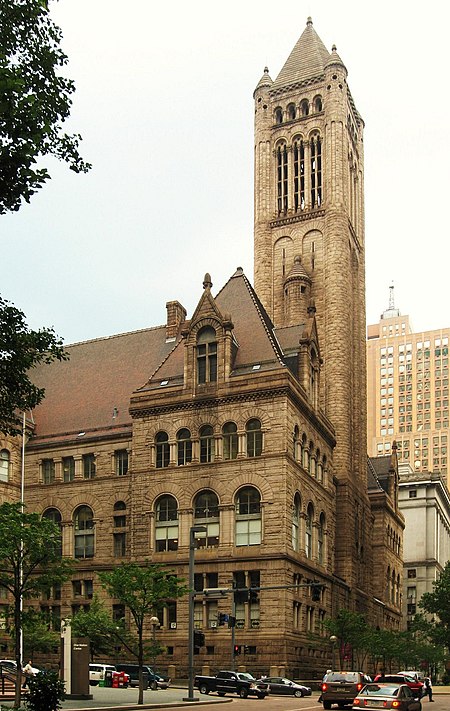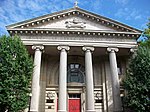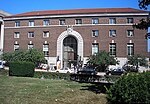Forbes Avenue
Lincoln HighwayStreets in Pittsburgh

Forbes Avenue is one of the longest streets in Pittsburgh, Pennsylvania, United States. It runs along an east–west route for a length of approximately 7 mi (11 km).
Excerpt from the Wikipedia article Forbes Avenue (License: CC BY-SA 3.0, Authors, Images).Forbes Avenue
Forbes Avenue, Pittsburgh
Geographical coordinates (GPS) Address Nearby Places Show on map
Geographical coordinates (GPS)
| Latitude | Longitude |
|---|---|
| N 40.44439 ° | E -79.94891 ° |
Address
Forbes Ave opposite Craig St
Forbes Avenue
15213 Pittsburgh
Pennsylvania, United States
Open on Google Maps







